During my time in Bhubaneswar, I was quite inquisitive about getting to know about the biodiversity of Odisha. Consequently, I always relished the idea of travelling around in Odisha to discover new places and learn about the nature there. Little did I know that in pursuit of new locations and exploring new environments, I would come across astonishing and heart-warming experiences of conservation and human-animal co-existence.
Bhetnoi, 2020
In March 2020, I decided to take a day trip to a village called Bhetnoi along with a few of my friends. I had read that one can see blackbucks there. It had to be a day trip because we were staying in a hostel and had to be back by evening. So we rented a car and decided to drive up to Aska which was situated in the Ganjam district of Odisha (about 170km from Bhubaneswar). It took us about 4 hours to reach the small town of Aska where we took a break and realized that Bhetnoi was about 15-20km away. Without spending too much time there, we decided to continue towards our destination, following a narrow village road. As we approached Bhetnoi, we navigated to a small watchtower and parked there.
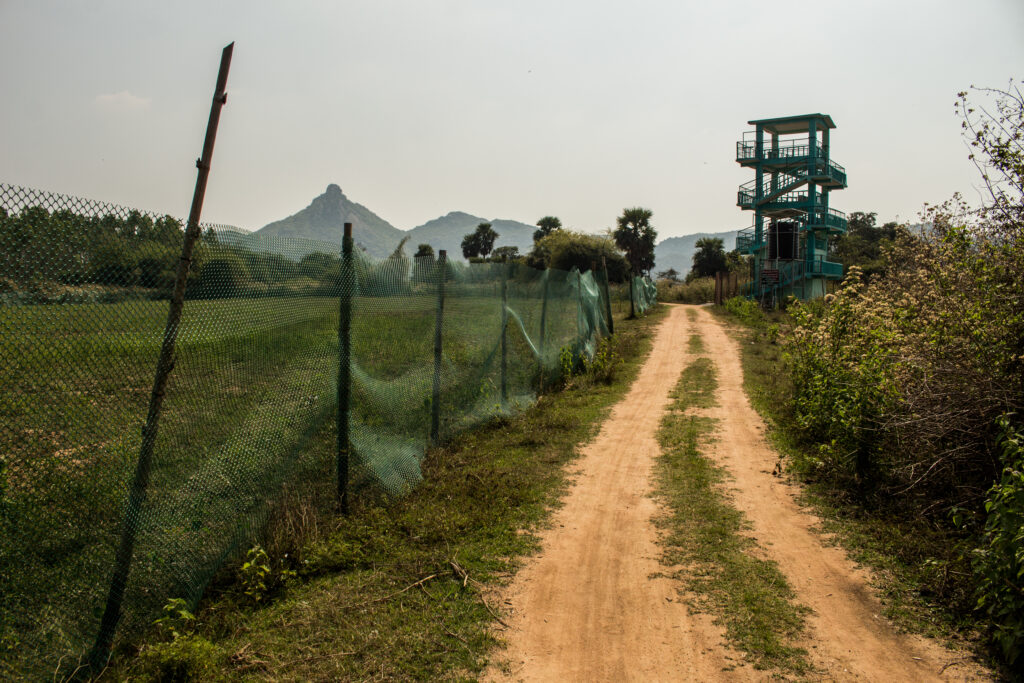
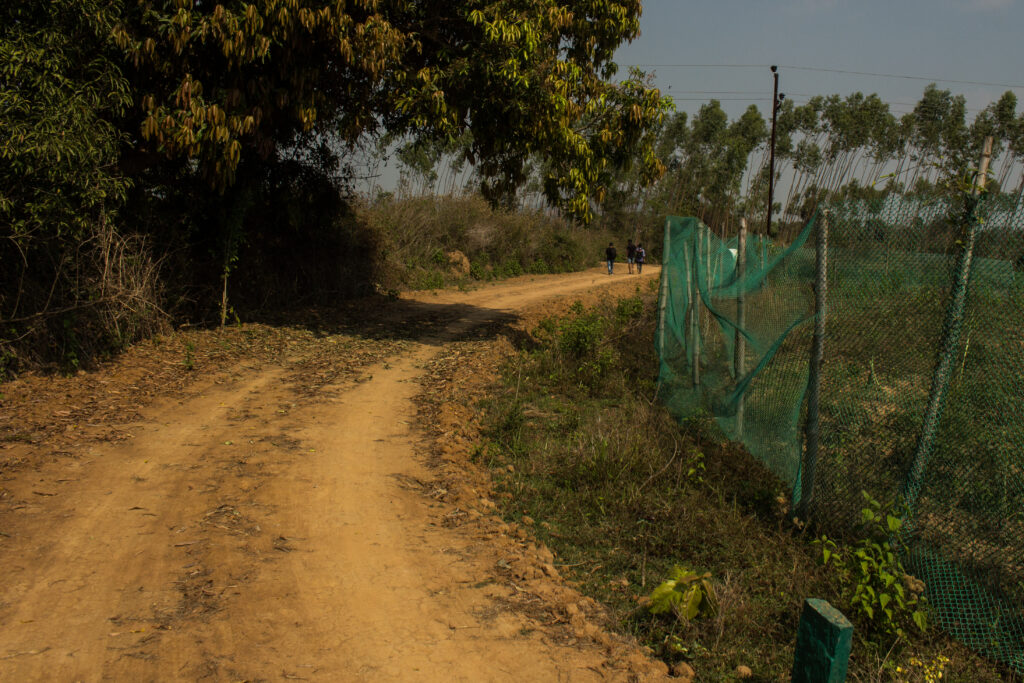
It was about 1pm in the afternoon and pretty hot and humid. So the weather wasn’t helping at all. Moreover, I wasn’t quite sure where to find the blackbucks or which way to go. So we were walking towards the watchtower hoping to be able to see something positive from above. Suddenly I saw the majestic antelope staring right at me just below the watchtower. I stood there in awe and exchanged eye contact with the mammal for about 10 seconds without even a blink. It was a majestic male blackbuck who must be randomly wandering around in search of food. Right after that, he decided to gallop away towards his family. It was almost as if he was there to receive us and guide us to where the rest of his species were present.
As we followed him, we saw that there was this huge grassland with a backdrop of the small blue mountains of the Eastern Ghats. We were also able to see some blackbucks peacefully grazing alongside domestic cattle. After clicking a few photographs, we were able to understand the entire scenario. We went there in expectation of some well-walled sanctuary. But this was so much better. The villagers of Bhetnoi were the ones who were responsible for this harmonious co-existence between man and nature. They definitely knew the various threats to the species and made sure that the antelope felt safe around them.
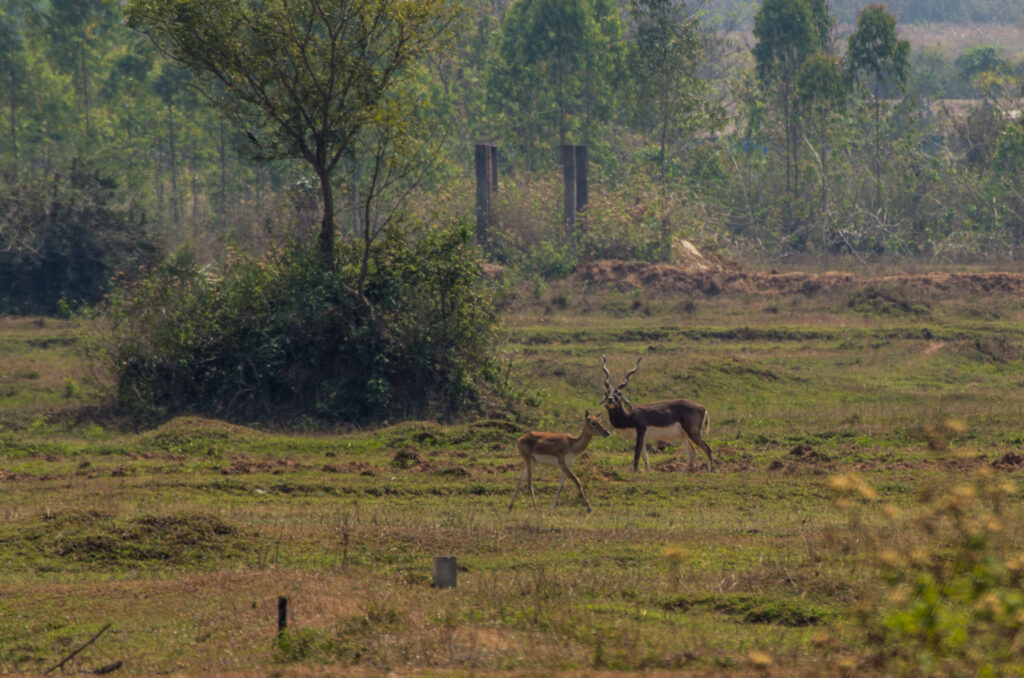
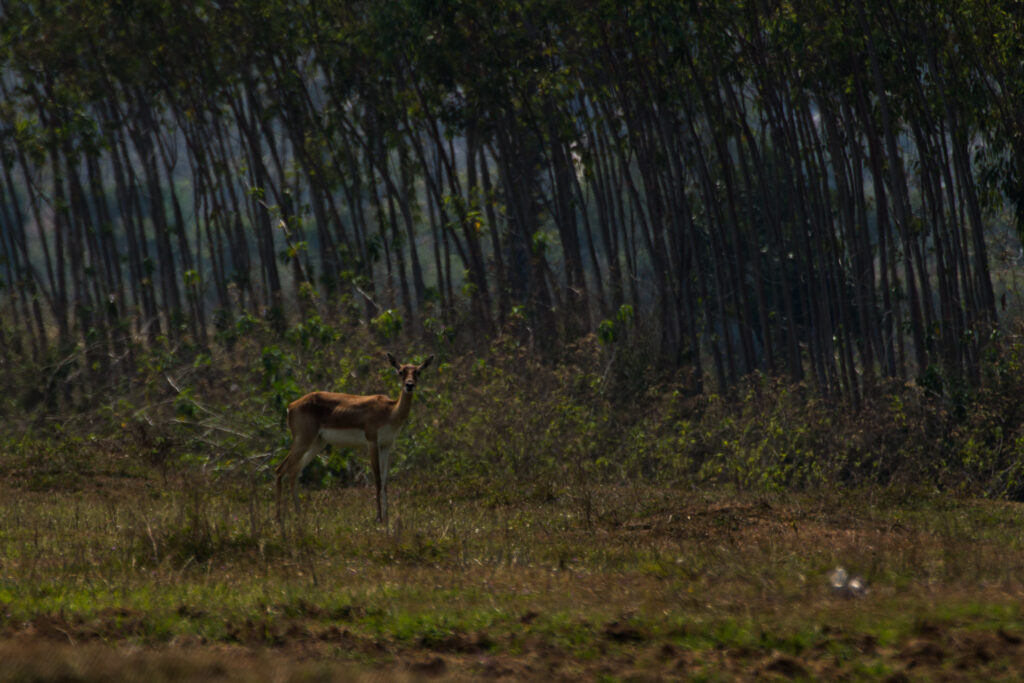
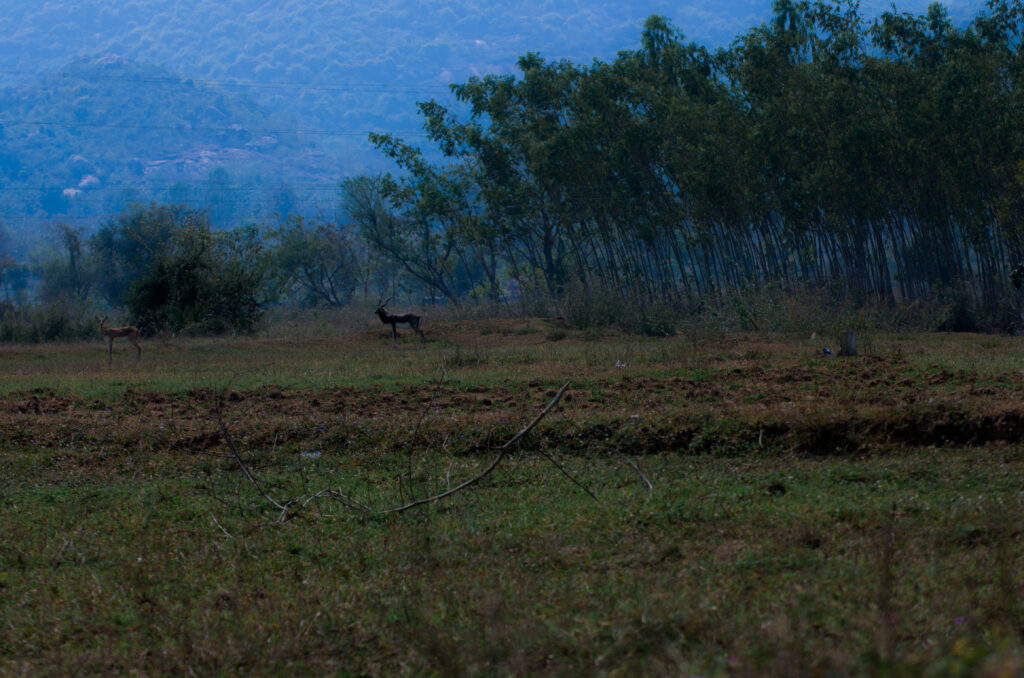
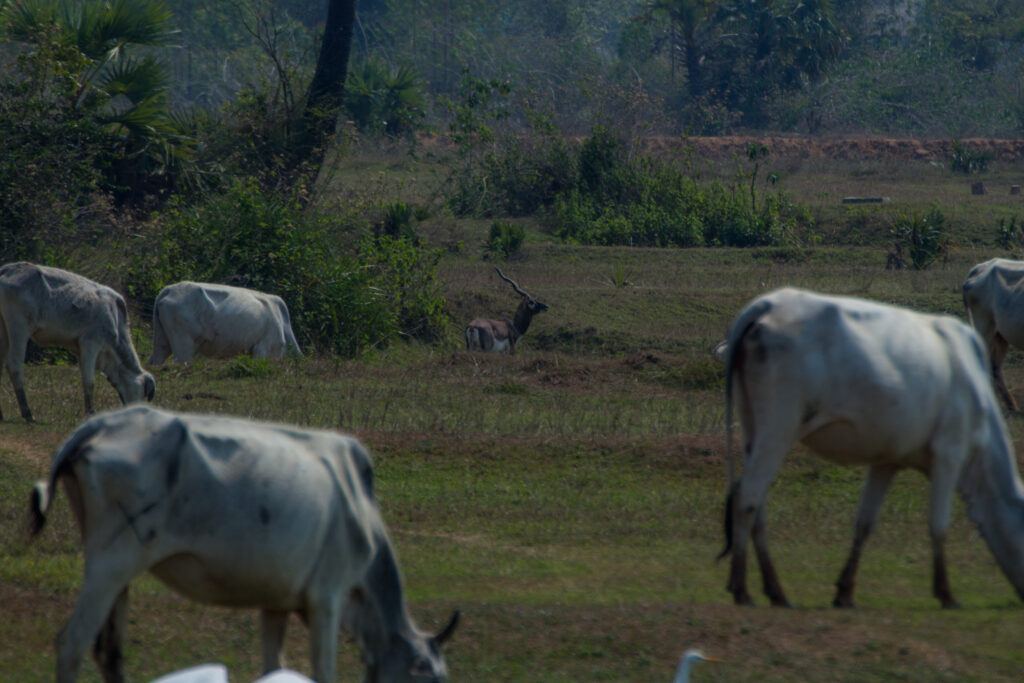
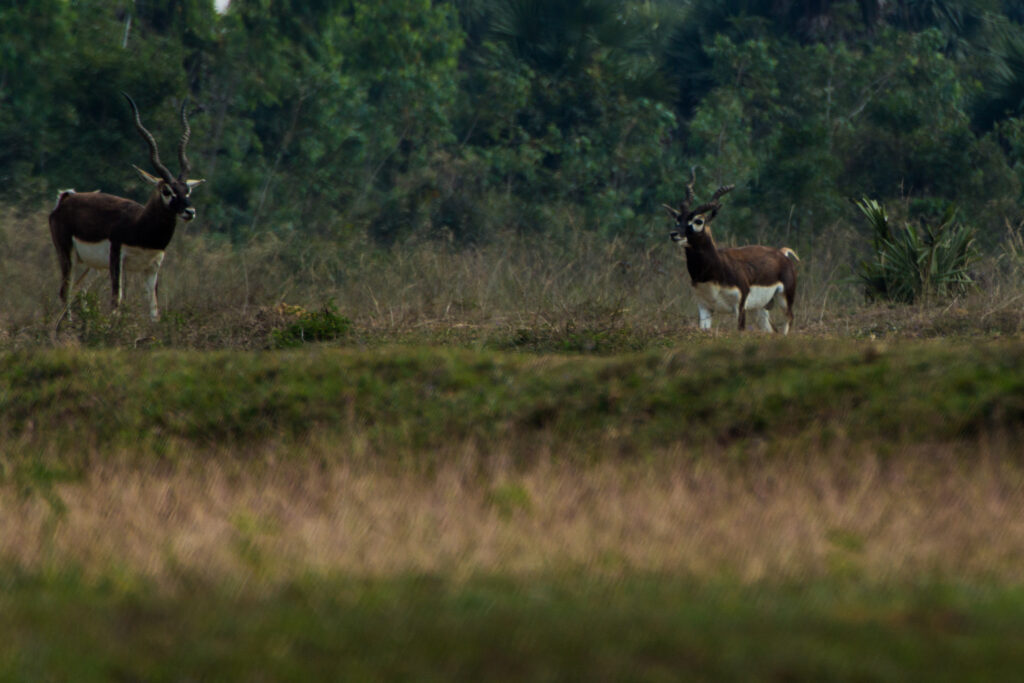
It was that day when I understood how much the people of Odisha love their ecosystems and that there would be many more stories to discover in the state.
Peacock Valley, 2023
After the COVID phase, when I moved back to Bhubaneswar, I started to research about the places nearby Bhubaneswar where I could find birds/wildlife and photograph them. One of the places which I came to know about was the Peacock valley which was around 20km from Bhubaneswar. Again, I did not know what to expect and decided to visit the place one weekend following Google Maps. And again, I was completely astonished by what I saw.
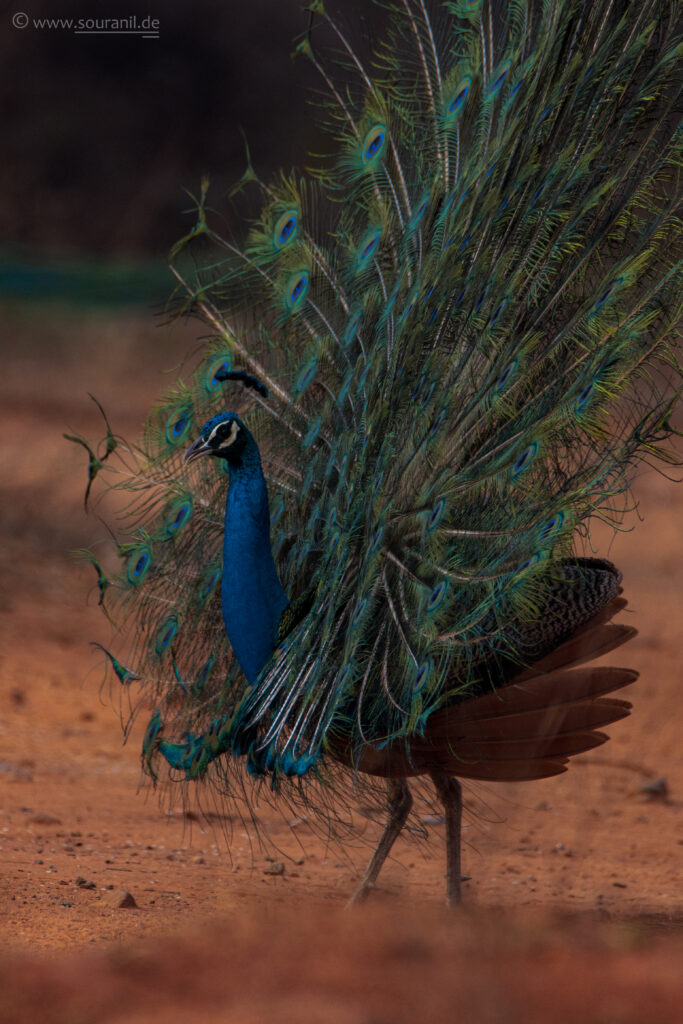
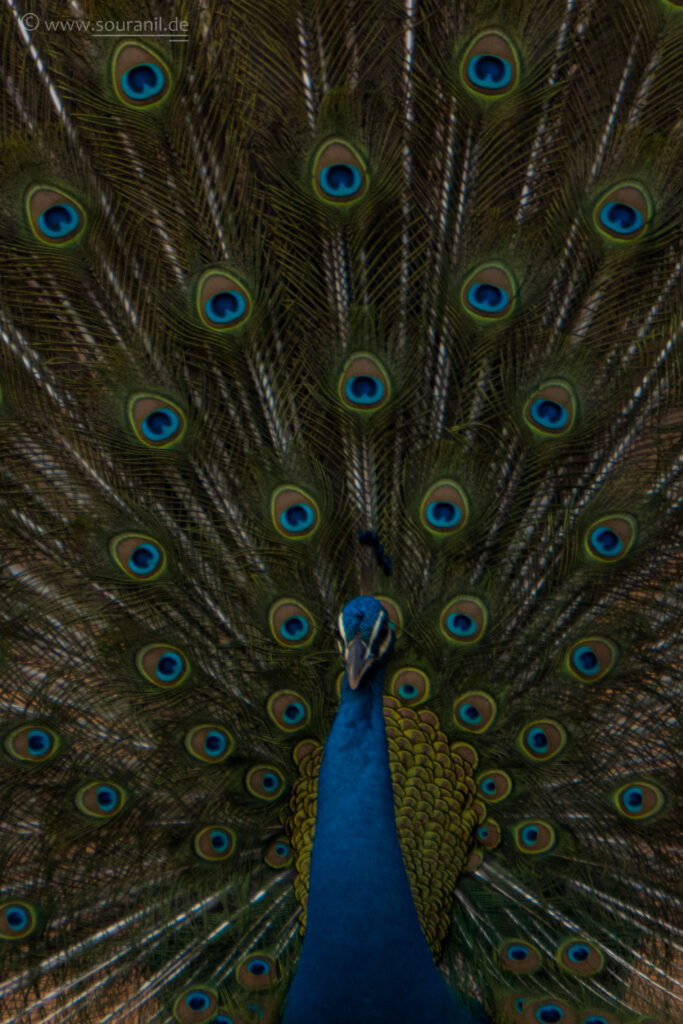
There was this single person who took care of 50+ peafowl and fed them daily. He arranged for benches at a distance where people could sit and watch the peafowl enjoy their evening snacks. The most interesting part of this was that he did not charge any money from anyone. Instead people were paying him at their own satisfaction and delight. I’m sure that most people have not watched peacocks naturally dance from such a short proximity.
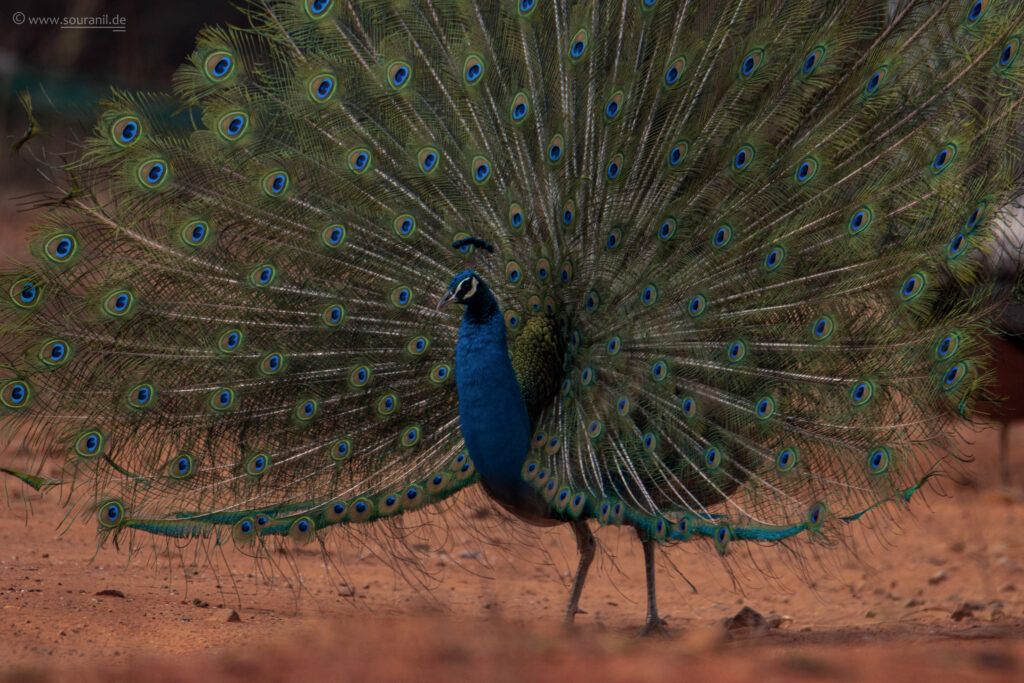
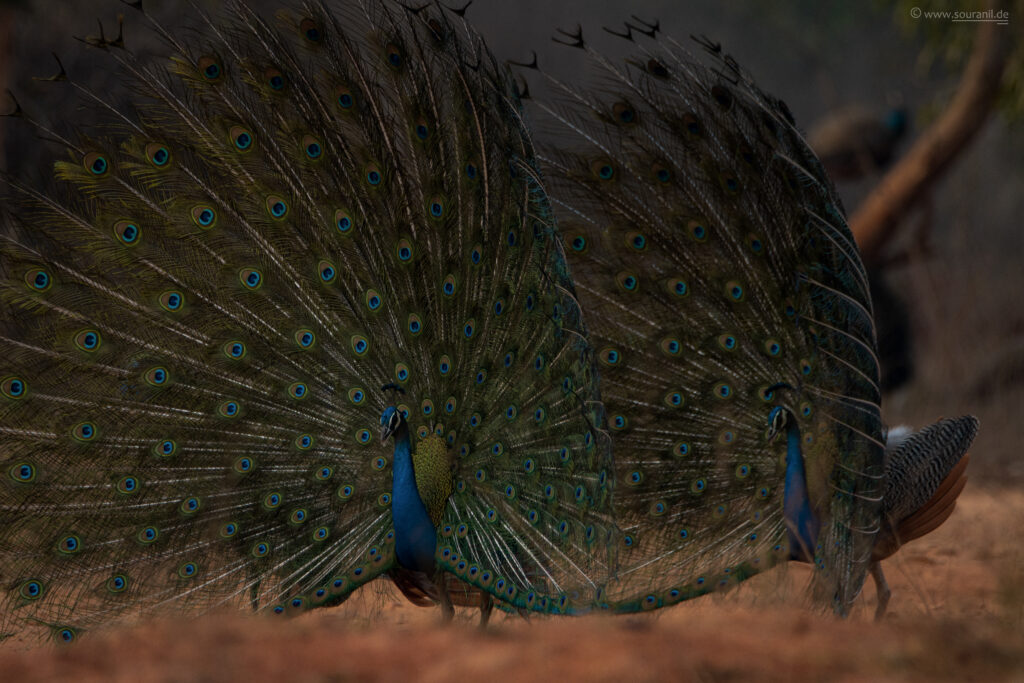
When I reached the place, this man had already started feeding the birds. The peacocks where starting to gather towards their feeding ground. When I conversed with him, he said that his name is Kanhucharan and this was his grandfather’s legacy. He would feed them twice a day (morning and evening) and his family is solely responsible for their protection and well-being. This was one of the sweetest stories I had ever heard about co-existence, conservation and human-animal bond.
Kuldiha, 2023
Ten years back, Kuldiha wasn’t a very popular destination among nature and wildlife lovers. It was just another sanctuary in the heart of Odisha. However, recently its popularity spiked drastically when Manaranjan Das started to create a buzz over social media about some exotic birds spotted in Kuldiha. He is a conservationist and a nature lover based out of Panchalingeswar. The most popular ones among them being the Malabar Trogon, the Heart-spotted Woodpecker and the Blue-eared Kingfisher.
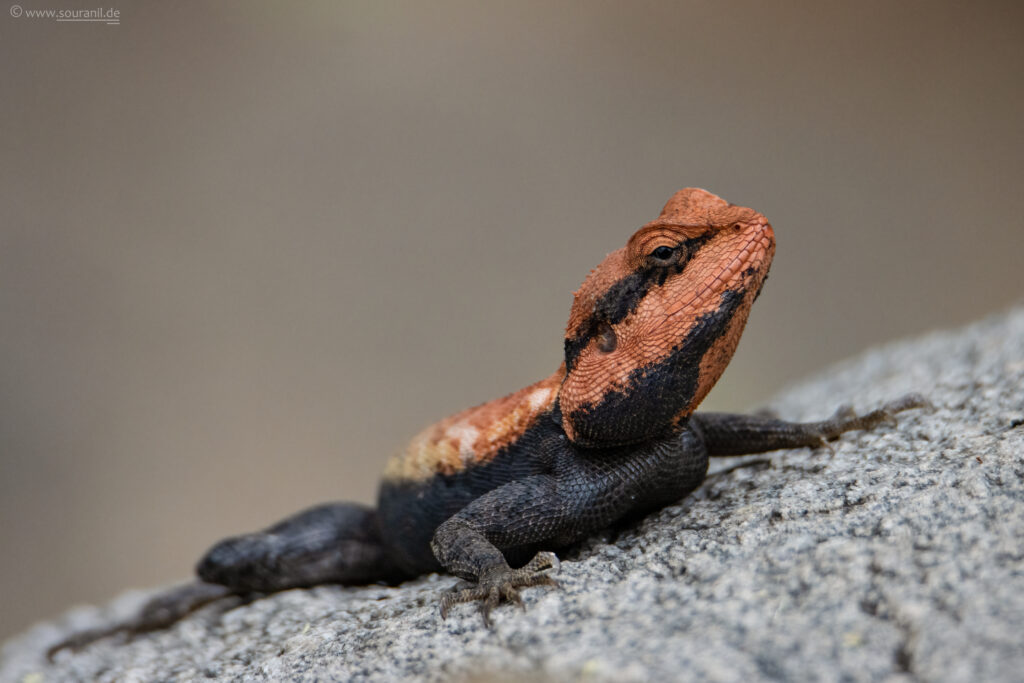
Naturally, this excited me and I decided to visit Kuldiha along with Rohit, Samudranil and Anirban Da. We reached Manaranjan Da’s resort (Sai Iswari Hill View Resort) after driving for about 4 hours (180 km) from Bhubaneswar. The weather was pretty pleasant but the mosquitos were equally brutal. When we reached the place and explored around, we were able to understand how much of an influence Manaranjan Da had made around in the place. He had coordinated with the forest department to ensure that ecotourism could be carried out and more awareness would be spread among the localites.
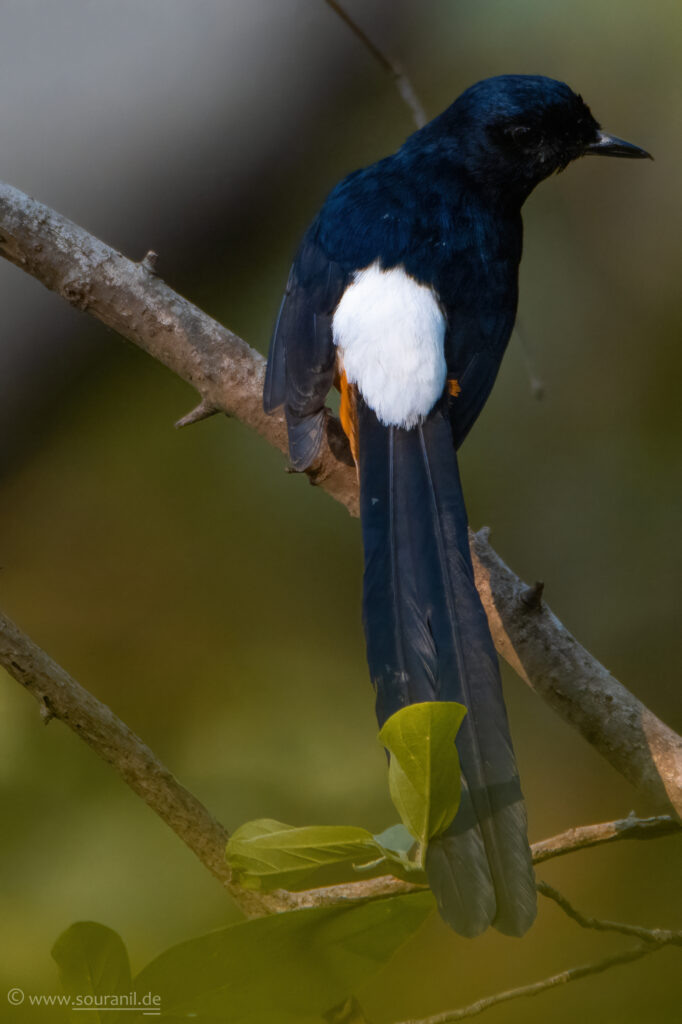
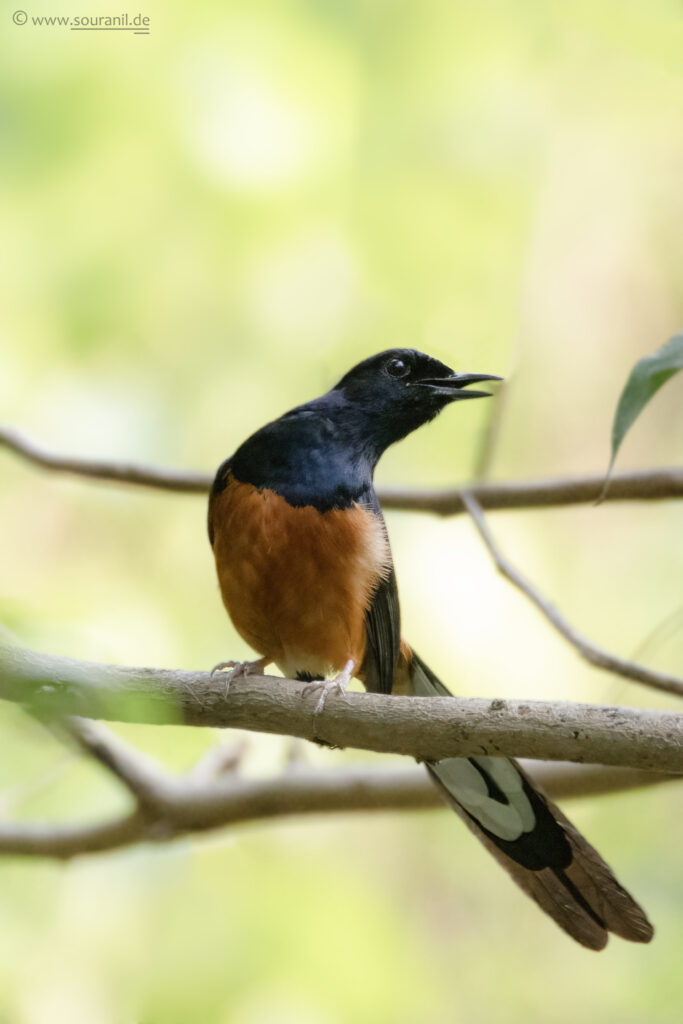
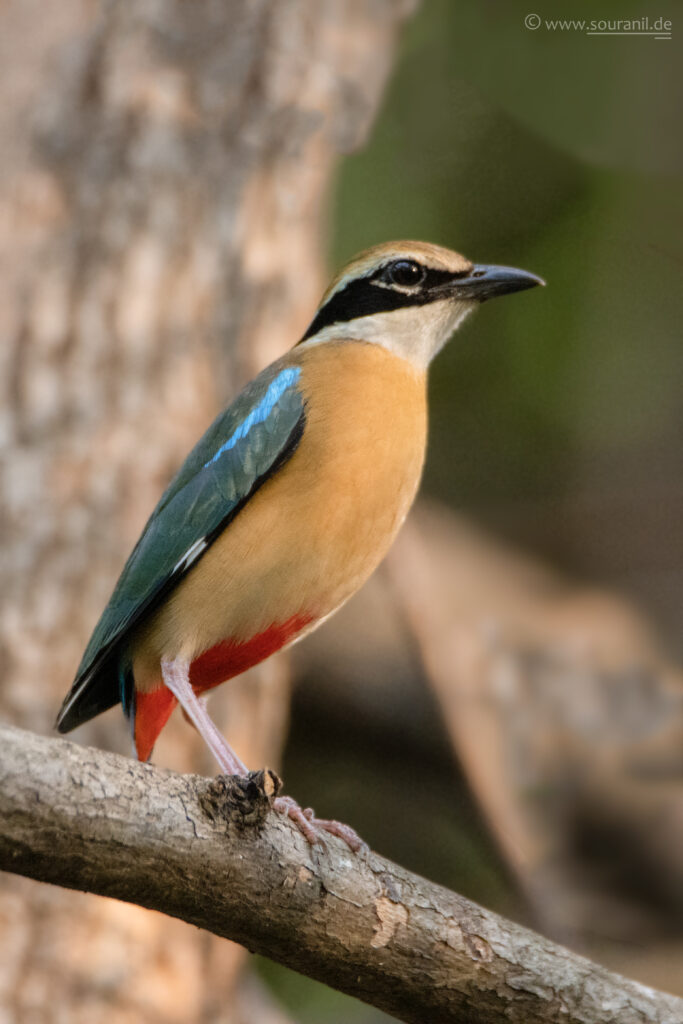
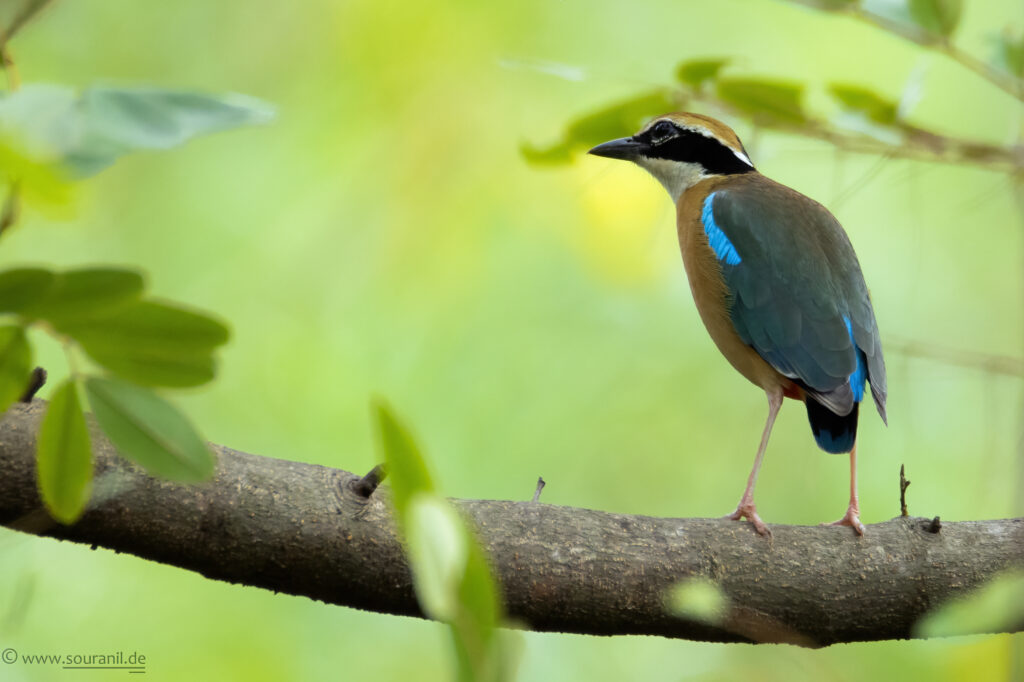
We had an amazing time in Kuldiha and Panchalingeshwar. I managed to sight the Malabar Trogon, White-rumped Shama and Indian Pitta from a good distance. This trip had taught me that even one person’s effort can entirely change the status of human-animal coexistence in a particular place.
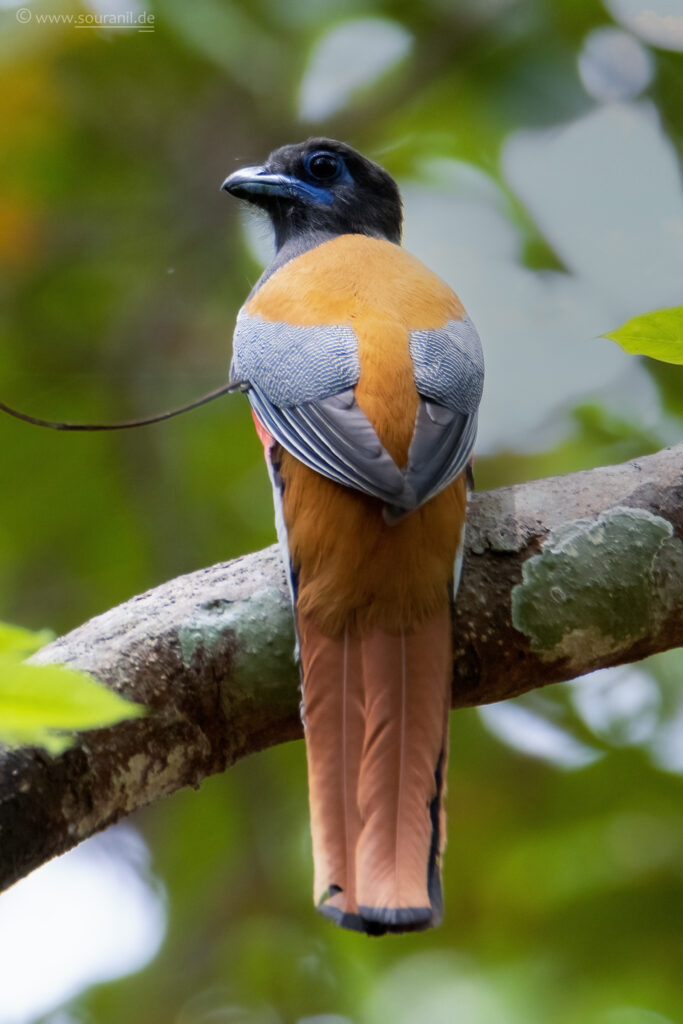
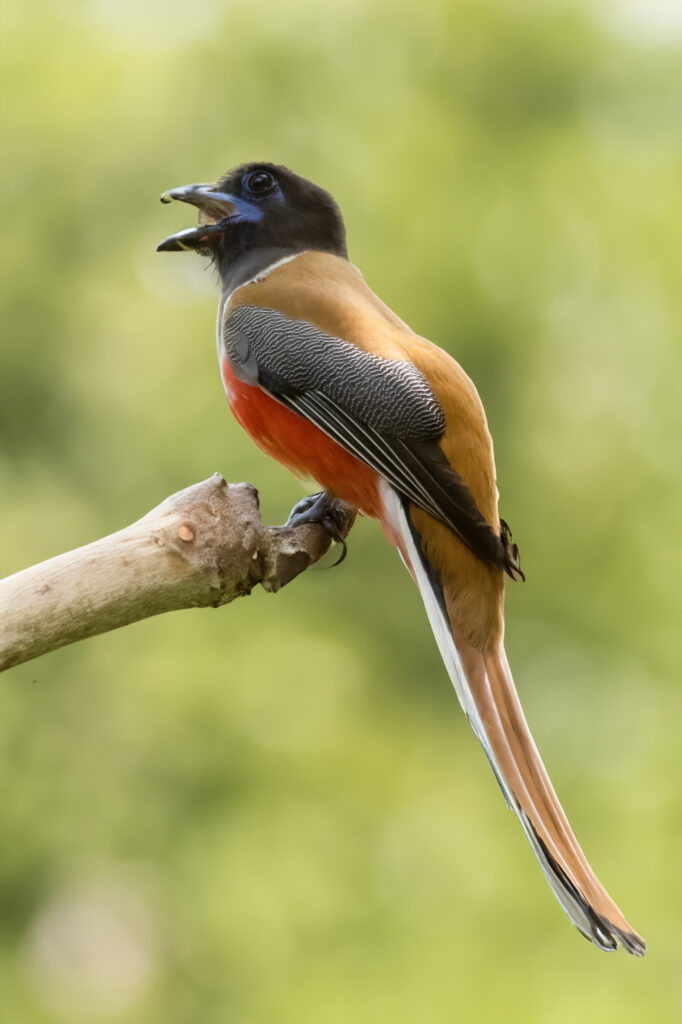
Rushikulya, 2024
After years of birding, Anirban Da and I decided to try out photographing turtles in Rushikulya beach. At the time, we had very less idea of how to explore the place and we only had theoritical knowledge of the following :
- Turtles mate offshore (about 10-50 km) from the beach.
- The females swim to the beach at late night to lay their eggs. After that, they return back to the seas before dawn.
- Turtles perform mass nesting where thousands of turtles would swim to the beach together to lay their eggs.
- Baby turtles hatch from these eggs 2-3 months later.
When we reached the place after 3 hours of driving from Bhubaneswar, we were a bit disappointed to see an empty beach (with no turtles). But we met Bipro Behera there, who told us that there were no turtles in the beach because they are swimming or mating in the sea. This meant that if we were to see them, then we would have to take a boat and move offshore towards them. Bipro lived nearby and he along with his family have made significant contributions towards conserving the nesting and hatching of Olive Ridley turtles. He has been working with many NGOs and institutions for better study and observation, along with the protection of nesting sites in Rushikulya.
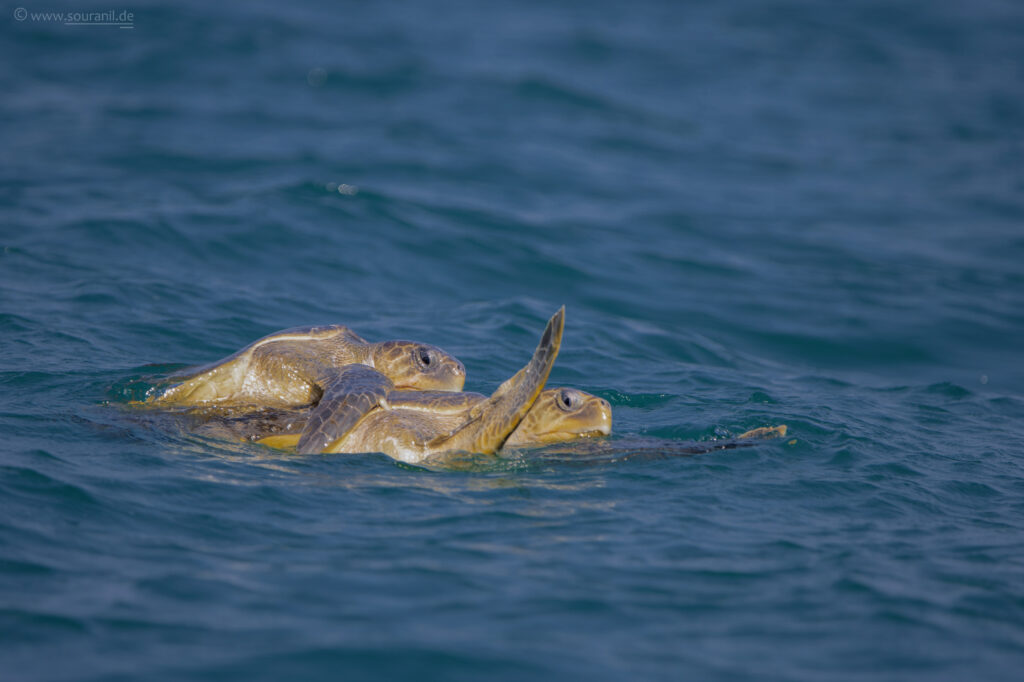
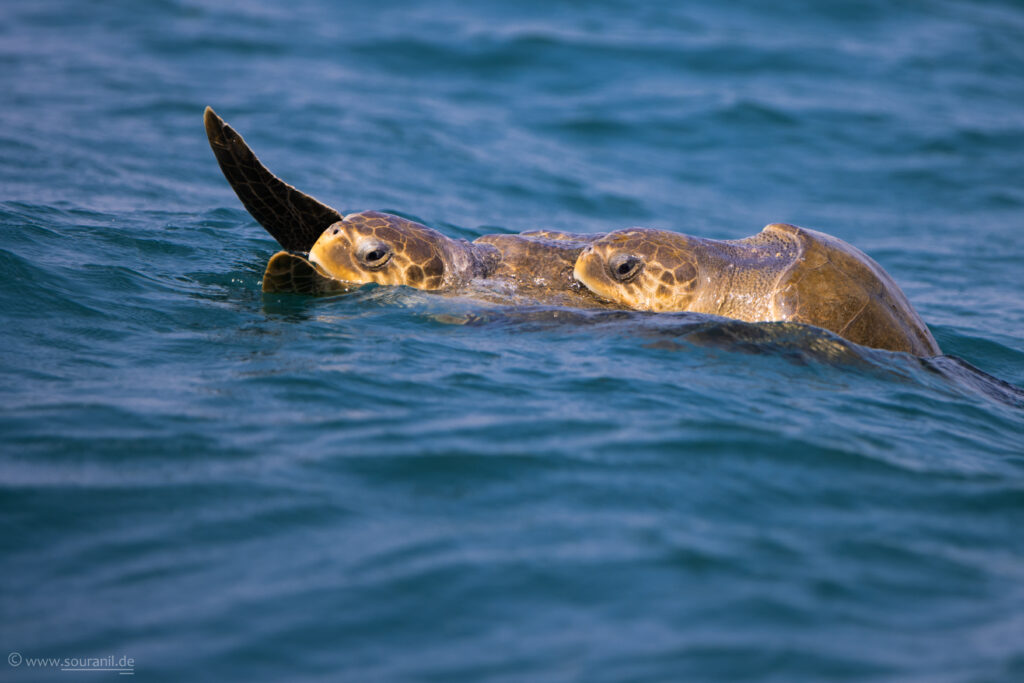
So as Bipro suggested, we got on a boat which took us near their mating site. After 20-30 minutes on the boat, we started to see the turtles floating around in the sea. Most of them were just chilling around and some of them were mating. It was the most incredible sight. They had the perfect adaptation to complete the process entirely in water.
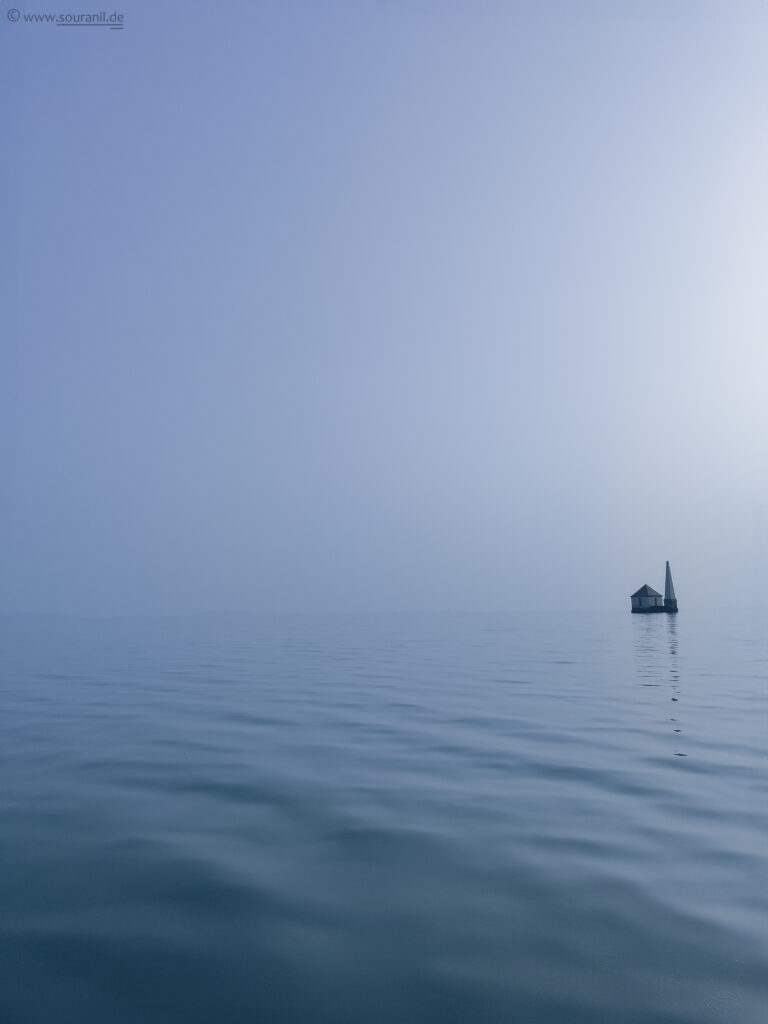
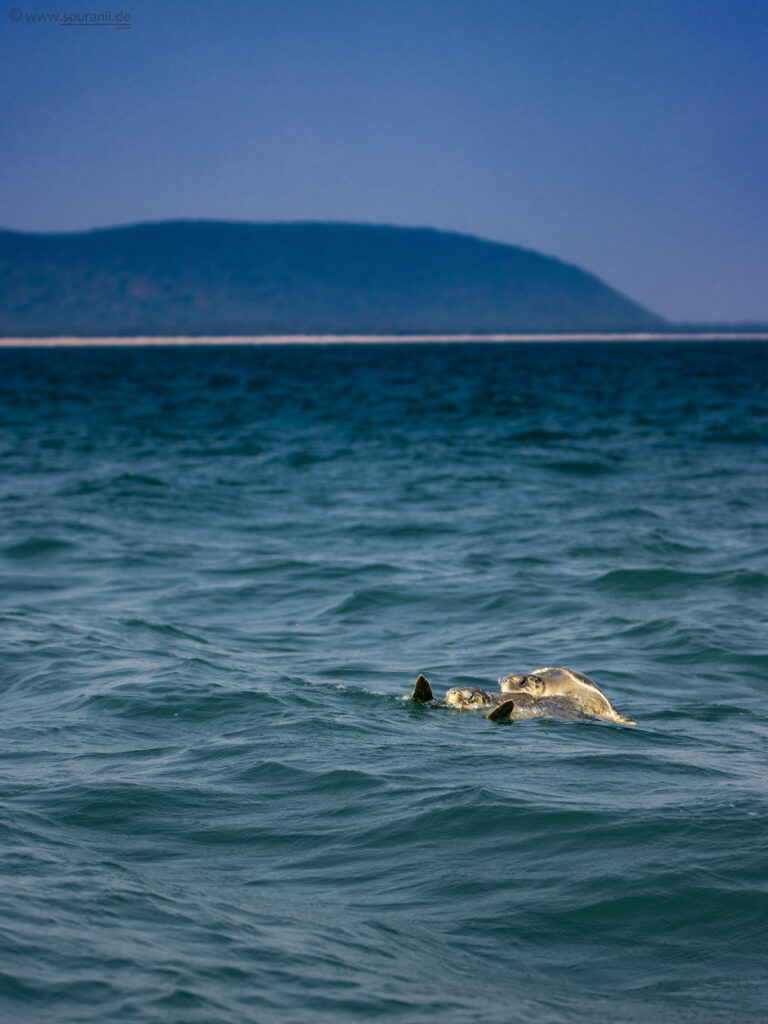
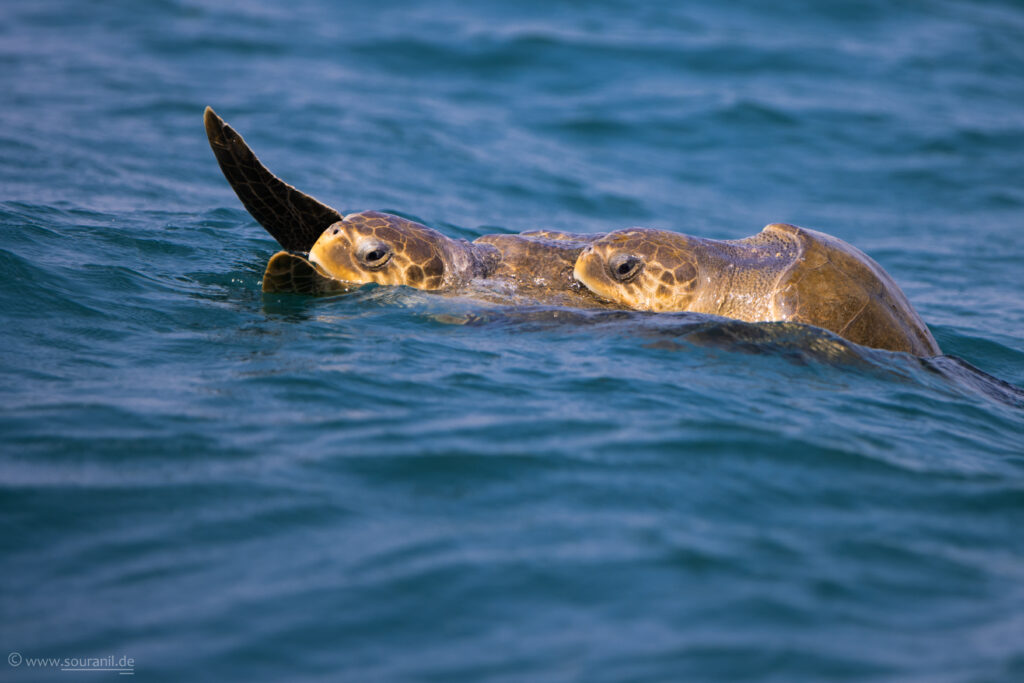
So these might not sound like the most interesting or innovative stories. But each of these inspiring discoveries has taught me that every effort matters and how small efforts can create such significant impact on our ecosystems.
People mentioned in the post :
Anirban Saha
Rohit Dey
Samudranil Basak
Manaranjan Das
Bipro Behera
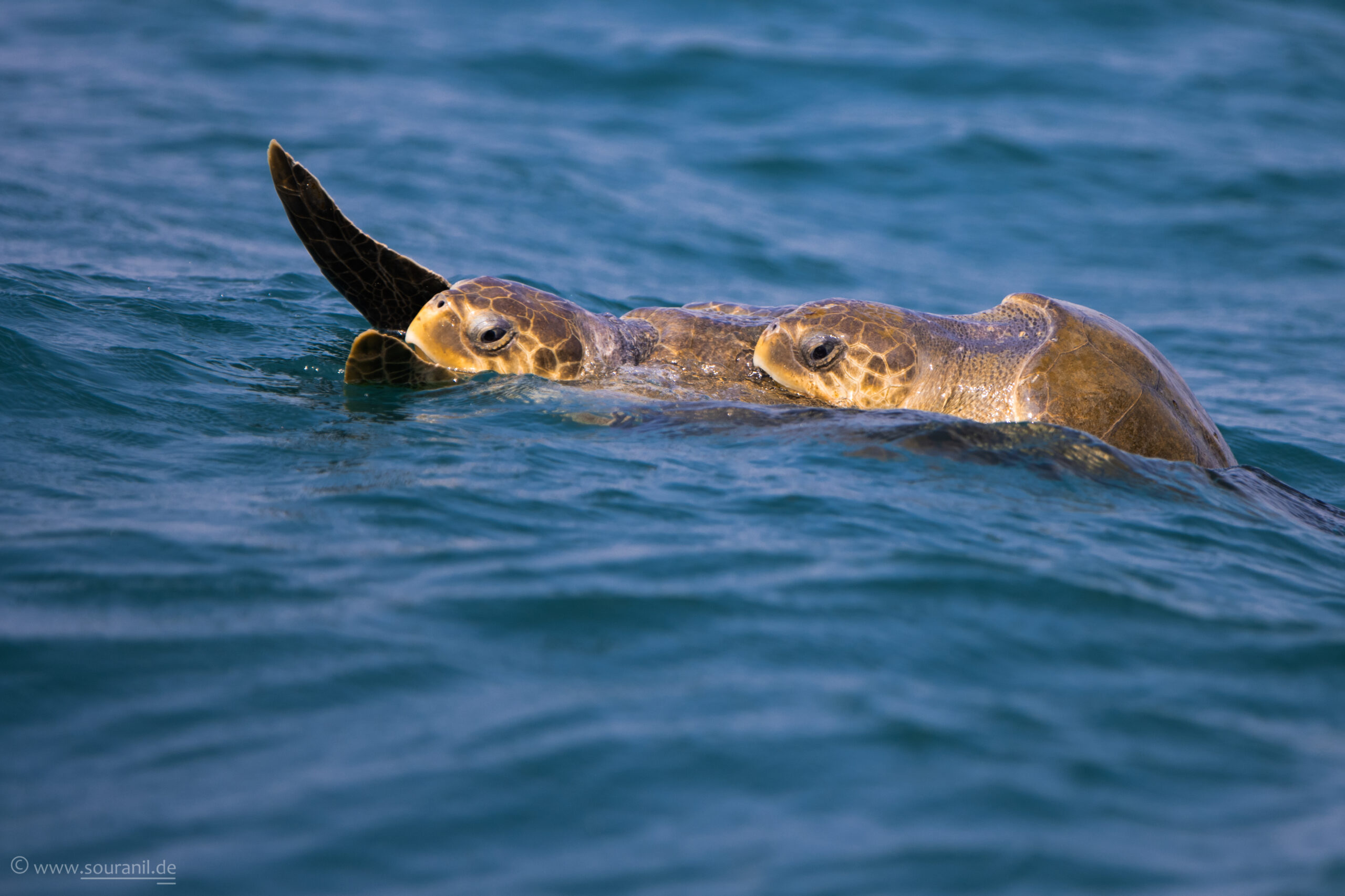
Leave a Reply